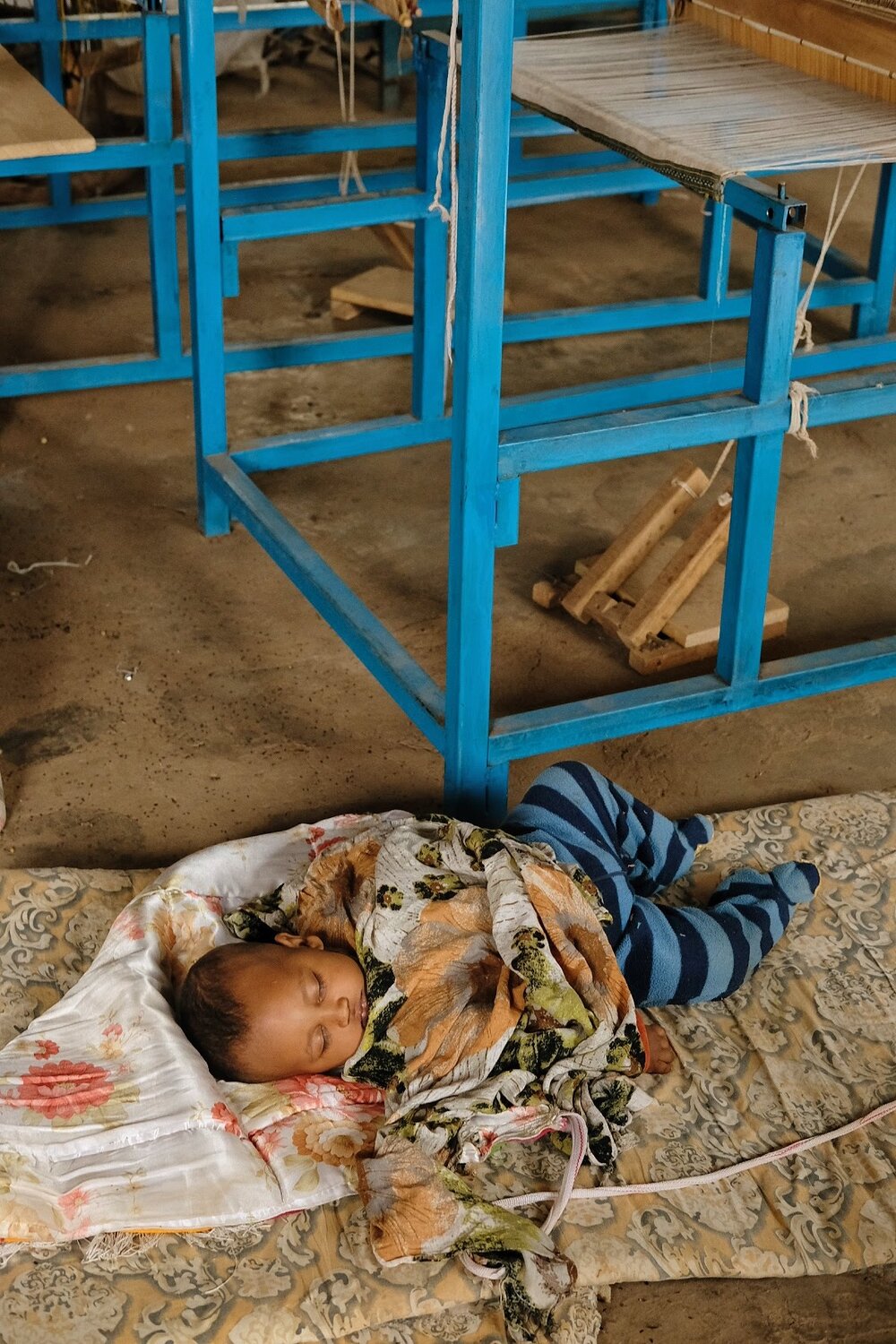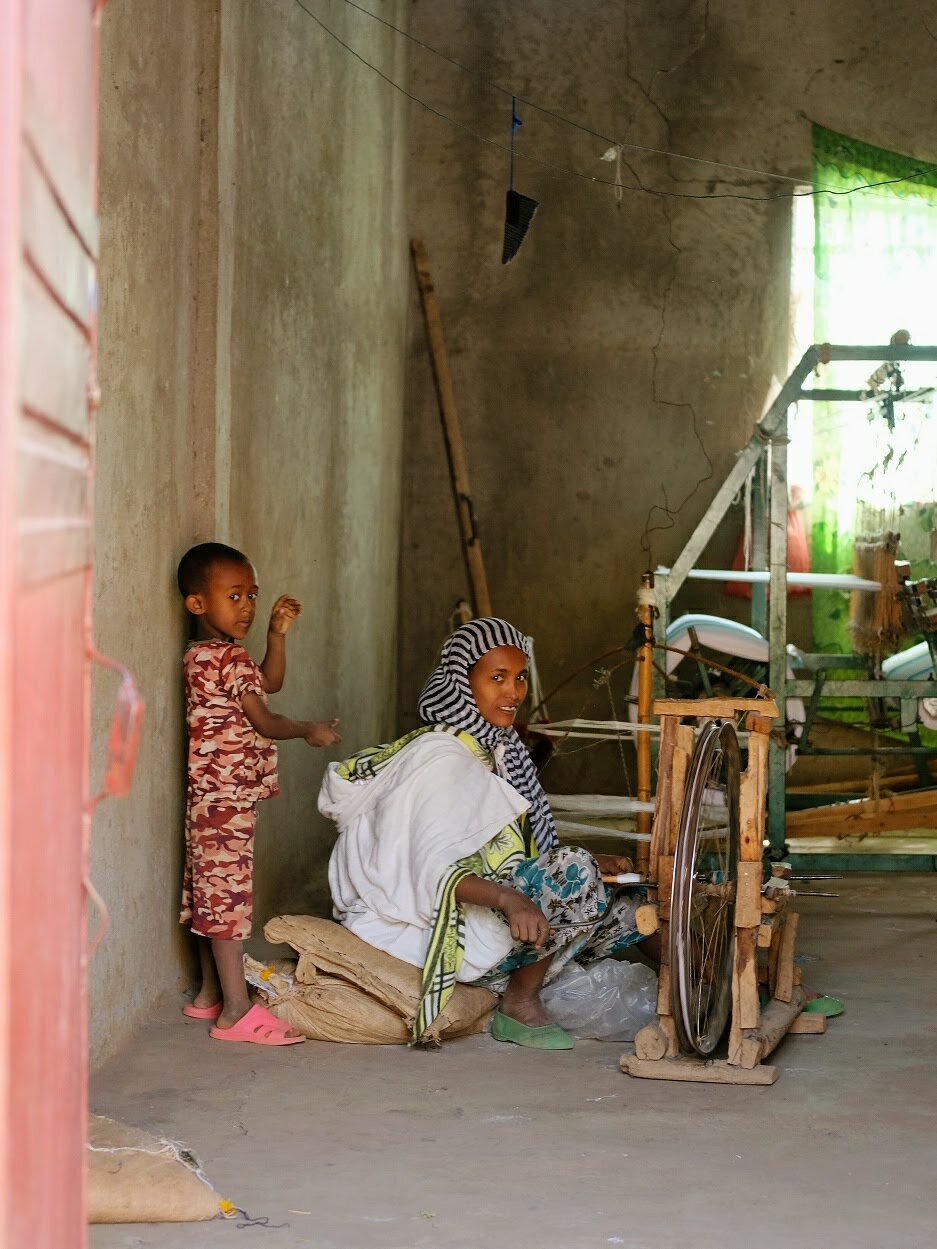Awra Amba
Awra Amba, Amhara, Ethiopia
1986 - Present

Many of Awra Amba’s egalitarian and idealistic principles have contributed to its success. The community has no organized religion and doesn’t observe any sabbath, unlike the neighbouring Christian or Muslim villages. Critical of what the west would call “the second shift”, the unpaid domestic labor of women after a day of work, Awra Amba practices gender equality. Men cook injera, women farm, tapping into the potential of the whole community to produce and care for each other. After farm land was seized by the military regime, Awra Amba turned to light industry for its income. There is a weaving workshop that produces clothes for the community and for sale, as well as a flour mill.
Awra Amba is home to an elderly home that provides living quarters and full time care, a library, and schools. The Awra Amba school meant children didn’t need to travel for schooling, they can continue their education while fulfilling obligations at home. Incentive and creative population dedicated to improving the lives of the community through hard work and invention, like an energy saving stove. (Hodgson)




Nam semper semper ex
In porttitor pellentesque sapien